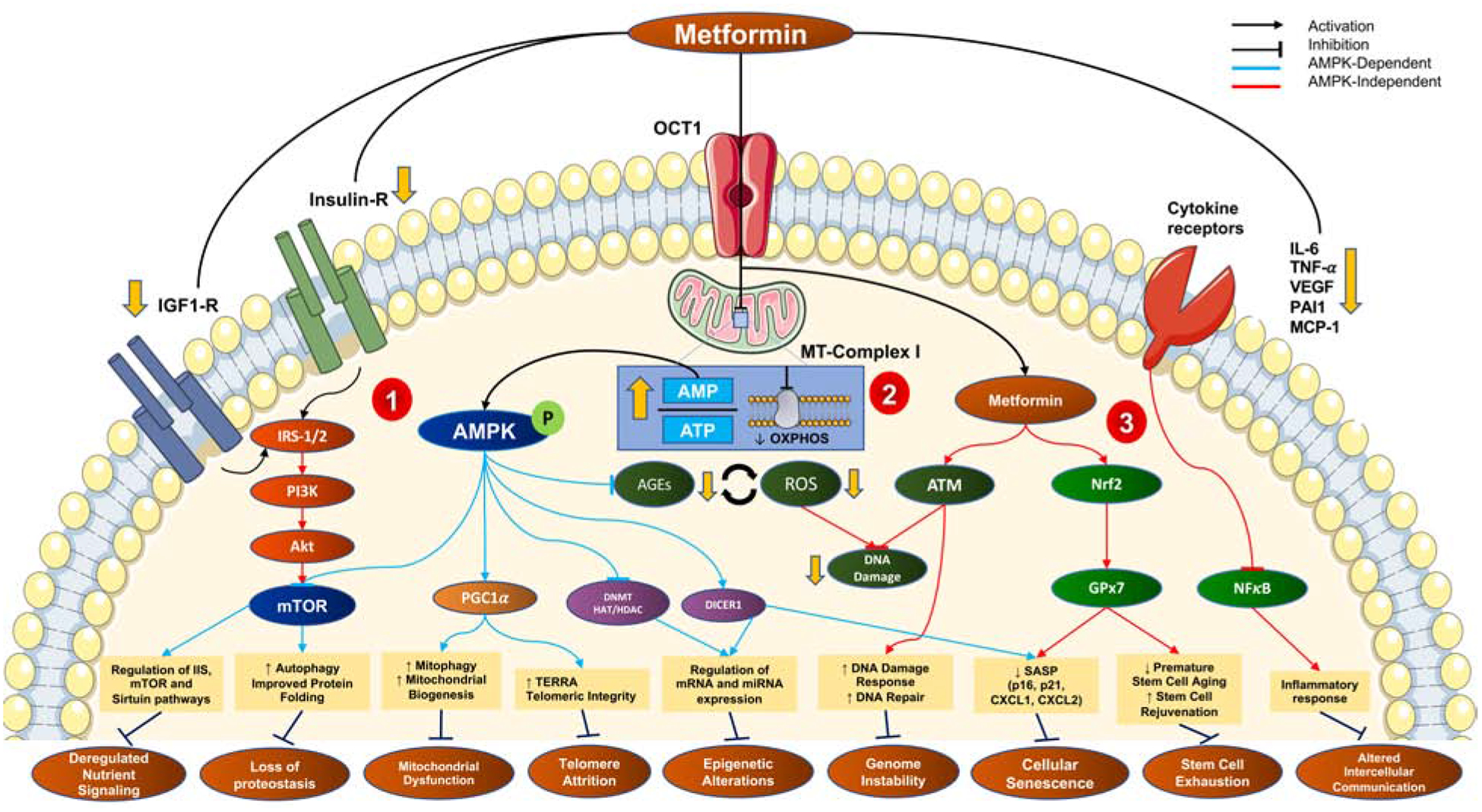Figure 1-. Mechanisms of metformin action in attenuating hallmarks of biological aging.

The cellular uptake of metformin is via the organic cationic transporter 1 (OCT1), after which it exerts three arms of action- 1) metabolic; 2) oxidative and 3) inflammatory.
1) Metformin inhibits mitochondrial complex I and thereby oxidative phosphorylation leading to an increased AMP:ATP ratio, causing a direct activation of AMPK. AMPK-dependent mechanisms (blue) contribute to the downstream inhibition of mTORC1 (improved nutrient-sensing and autophagy), activation of PGC-1α (improved mitochondrial biogenesis), transcriptional regulation via DNA/histone modifications and miRNAs. Extracellularly, metformin downregulated Insulin/IGF1 signaling, also leading to mTORC1 inhibition.
2) The inhibition of mitochondrial ETC also leads to AMPK-independent effects (red) including reduced reactive oxygen species (ROS), reduced advanced glycation end-products (AGEs) and thereby reduced macromolecular damage.
3) The AMPK-independent (red) anti-inflammatory and senotherapeutic effects of metformin are evident via the downregulation of pro-inflammatory cytokines, NF-κB signaling, and activation of Nrf2-Gpx7 and ATM-signaling, respectively.
These three arms work to mitigate the aging-induced dysregulation in cells, thereby attenuating hallmarks of aging.
